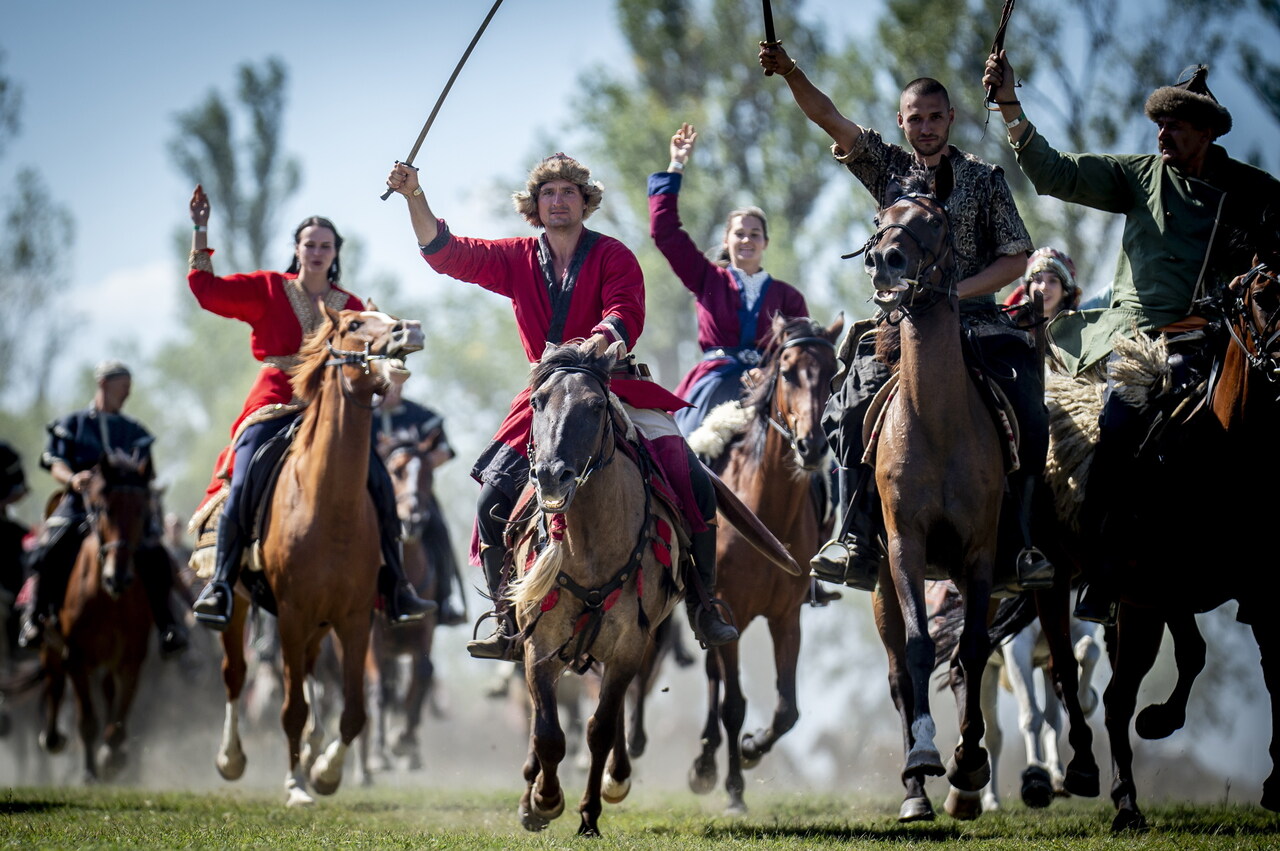New evidence of the devastation from the Mongol invasion found in Hungary

Archaeologists have uncovered new evidence of the destruction caused by the Mongol invasion of 1241-42 during excavations near the Golden Monastery in Bugac, as reported by the director of the Kecskemét Katona József Museum.
New evidence of devastation
Szabolcs Rosta, who is also the lead archaeologist for the excavation, stated that in recent weeks, the remains of six young individuals, aged between 14 and 18, were discovered in the area of the Árpád-period Pétermonostora. These individuals are believed to have fallen victim to the Mongol attacks during the summer of 1241.
He emphasised that the results of the current excavation have only reinforced what archaeologists had already suspected: the Mongols engaged in an open battle with the local population here. The men fell in battle, while the warriors then executed women and children in large numbers. The Mongols subsequently established a temporary military unit, a Mongol camp, in the area.
The Mongols did not feel secure here
According to the archaeologist, the findings also indicate that, contrary to previous assumptions, the Mongols did not feel entirely secure in the area. This likely led them to retreat into the fortified monastery, from where they monitored the surroundings.
He explained that a section of the complex defensive trench system, measuring approximately 60-70 meters, has been uncovered, which is believed to extend up to 500 meters. These earthen and wooden fortifications strengthened the already impressive stone structures of the monastery and basilica.
The remains of children who were executed in a row, either seated or crouching, found a few years ago also indicated, as now confirmed, that the settlement was completely taken over by the invaders.
In many cases, the bodies were hastily buried along with their captives—Christian Hungarians and Slavs—due to the risk of infection, he noted.
They settled in the monastery
The Mongol army took possession of and settled in the monastery, and clear evidence of this is found in the “animal bone rug” discovered, which contains the remains of thousands of animals. The archaeozoological report pointed out that remains of both young and old, domestic and wild animals, were found in the trench, highlighting that this was not a butchery typical of peacetime, but rather a temporary provisioning. They needed to feed a large population, in this case, an army, quickly.
As a result of the current excavation, Hungarian archaeologists were the first to identify that a Mongol army spent the winter of 1241 here, occupying the captured infrastructure.
Excavations ongoing since 2010
The Bugac Monastery was once the sacred, economic, and commercial centre of the sand dune region (Homokhátság). Excavations have been ongoing at the Árpád-period Pétermonostora site on the edge of the settlement since 2010. So far, experts have found 26 bodies of children and women, killed by the Tatars, arranged in unnatural positions. Additionally, a wealth of artefacts and information has come to light, making this site globally unique.
The director highlighted the discovery of the relic holder of Saint Peter and more than 10,000 metal artefacts. Based on these findings, it can be stated that, both in terms of quantity and quality, the Bugac site stands out among the known and excavated Árpád-period monasteries.
Read more about archaeology HERE.
Read also:







